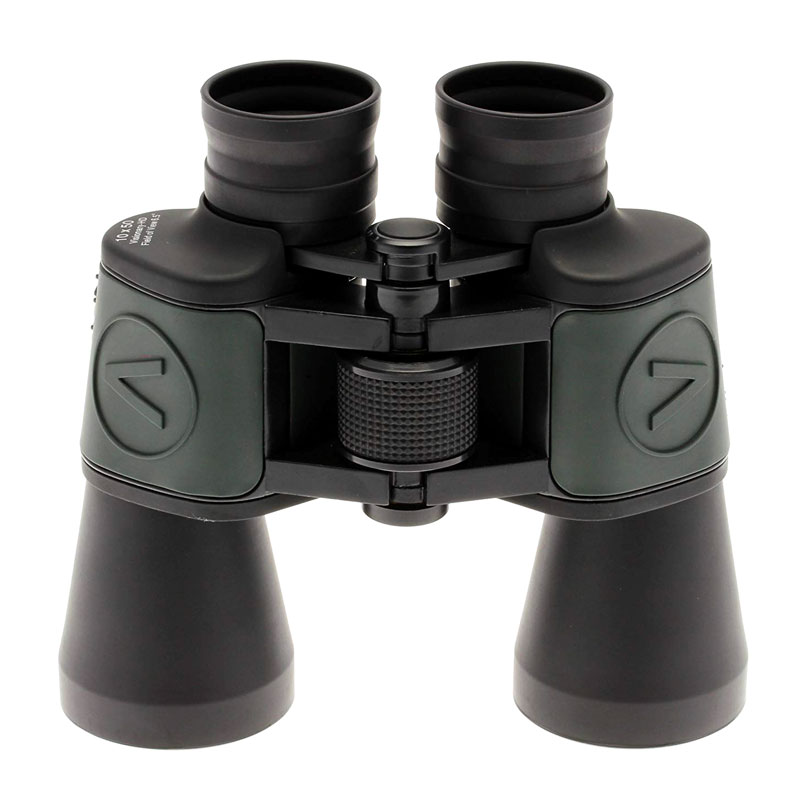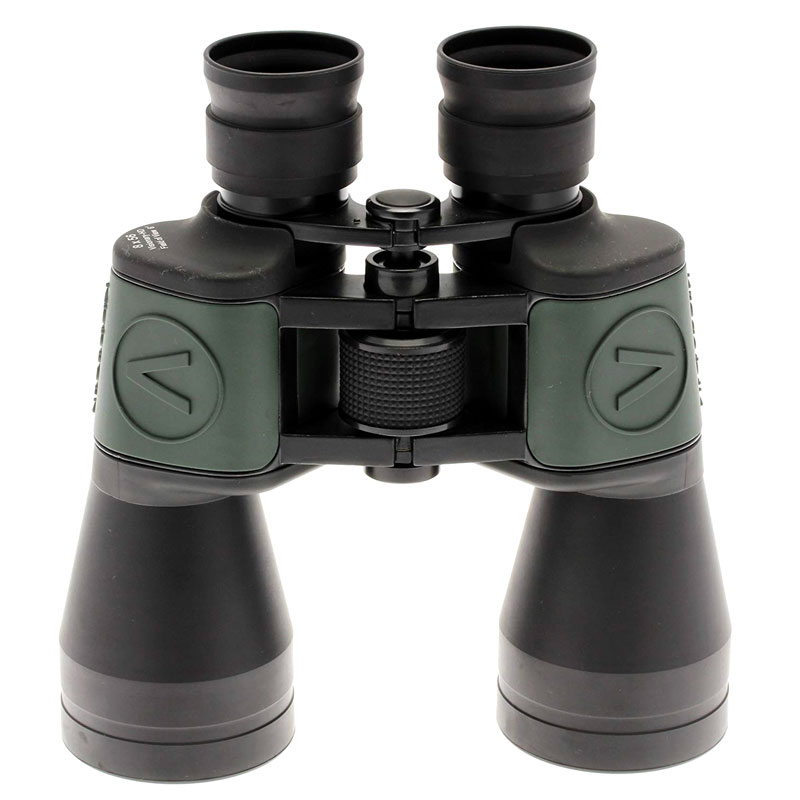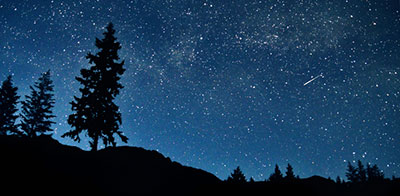TECHNICAL GUIDE
Binoculars are great to have around. They can make your work more productive and your free time more enjoyable.
For bird watchers, aircraft and train spotters, motor sports and racing spectators – binoculars are an essential accessory.
At the theatre or at a concert your binoculars provide so much more detail.
Walking, travel, skiing, ships, balloons, camping, mountaineering, hunting, hiking, fishing, landscape or nature viewing and studying architectural detail, the list is endless and so much more enjoyable with a good pair of binoculars.
The night sky really comes to life with good binoculars – Just take a look through a Visionary 7×50 or 8×56 binocular to see it in all it’s splendour.

Visionary HD 7×50

Visionary HD 8×56
Kids love binoculars, their interest is magnified as there is so much more they can see.
The world of optics may appear a little confusing with so many models to choose from so we have wrote this handy guide to help you choose the right item.
Magnification
Basic binocular specifications are identified by numbers, e.g. 8×30.
The first number indicates the magnification of the binocular, so, an 8×30 magnifies 8 times, resulting in the subject appearing to be 8x larger or 8x nearer to you.
An 8×40 magnifies 8x
A 10×50 magnifies 10x
A 12×50 magnifies 12x
There is always a temptation to choose binoculars with the highest magnification but in practice this is rarely a good idea. Higher magnification does make the subject appear closer but there are a number of downsides – generally the image does not appear as bright and you have a narrower field of view, also, with higher magnifications any movement or vibration becomes more magnified, the binoculars appear harder to hold still (often referred to as shake). For normal general purpose work, field, sport and bird watching etc, 7x or 8x is ideal, perhaps 10x if you want a bit more power.
To see more detail 12x could be useful, for plane spotting and some target sports a good 12×50 is an asset. Above 12x magnification is very hard to hand hold and you need to mount the binoculars on some kind of support e.g. a solid tripod. 16x and 20x magnification binoculars have their uses for viewing detail at a distance, but only if the subject is still. Binoculars above 20x magnification are quite limited in use.
To sum up – The more powerful the binocular, the harder it is to hold and look through.
If you think that you may occasionally need more power then consider a good zoom binocular. An 8-20×50 for example allows you to change the magnification between 8x and 20x.
You can use it at 8x for normal use with the ability to go up to 20x and everything in between for more detailed viewing.
Zooms however are not normally quite as good as fixed magnification binoculars, mainly because the field of vision is usually less than it would be on the equivalent fixed magnification binocular.
For most practical uses, a fixed magnification of 8x or 10x would be and ideal choice.
Brightness
Most modern binoculars perform well in bright daylight and even in dull lighting. Only if you are going to use your binoculars in twilight should you be concerned about brightness.
There are many factors in the design of binoculars that can make one model brighter than another. One very important factor is the size of the objective lens (the front lens). The size of which is shown in the last number of your binocular.
An 8×30 has a front lens of 30mm in diameter
An 8×40 has a front lens of 40mm in diameter
A 10×50 has a front lens of 50mm in diameter
A larger lens gathers more light and can give a brighter image.
An 8×40 can give a brighter image than 8×30 of the same quality but both magnify 8x. However, larger lenses mean a bigger and heavier binocular and probably more expensive too! More powerful binoculars generally give less bright viewing and this is an important reason why Optical Hardware does not normally recommend powerful binoculars. A 20×50 will, in normal use give a duller image than a 10×50 of similar quality even though they both have 50mm front lenses.
There are many ways of comparing the brightness of binoculars.
At Optical Hardware we believe that comparing exit pupil size is the the most practical. If you hold a binocular at arms length and look at the eyepiece lenses you will see a bright circle, this is the exit pupil. Within limits, the bigger this is, the better. Exit pupil size is determined by both objective lens size and magnification. It is calculated by dividing the objective size by the magnification.
A 10×50 binocular will have an exit pupil of (50/10=)5mm. An 8×56 has an exit pupil of (56/8=)7mm. Your eye pupil can, in low light, open up to about 7mm so a binocular with an exit pupil of 7mm will, in low light, deliver more light to the eye. There’s little point in having a binocular with an exit pupil above 7mm as your eye could not use the extra light. In brighter viewing conditions your eye pupil closes down so it’s not so important to have a big exit pupil. It’s also worth noting that as we get older, our eyes ability to open the pupil reduces to around 5mm, so 8×40 and 10×50 binoculars are very good for most practical purposes. Select a 7×50 or 8×56 only if low light use is very important. For normal daylight use most binoculars will be fine.
In bright light your eyes adjust to negate the extra brightness and you will not actually see the difference. With good optical design and sensible magnification even a very compact binocular can perform very well indeed. For example all Optical Hardware and Visionary 8×21 and 10×25 binoculars have excellent performance in most daylight conditions and they are very compact. Brightness is also affected by other factors – better quality glass in the lenses and prisms and the type of coatings used on them can also make one model bright than another.
Binocular Selector
Birdwatching & nature

A wide field of view and a clear bright image are important, 8x magnification is ideal (consider models with magnification in the range of 7x to 10x). Large objective lenses are best as they will let in more light and work better in low light, consider a binocular with objective lenses around 40mm-45mm, these should be comfortable to carry yet perform well in low light. For a very lightweight binocular 8×21, 8×25 or 8×30 will perform well in daylight conditions. For longer range birdwatching we would suggest a spotting scope with magnification of around 25x mounted on a good solid tripod. Many scopes are available with zoom magnification and waterproof models can be useful.
Sports & Racing

For field events, including football, rugby, athletics, horse racing and motor racing etc, you require sufficient magnification to see the detail but a wide angle of view is also important. 10x magnification is an excellent choice for these applications. If the binocular is going to be exposed to the elements then a waterproof model is worth serious consideration, if the binocular is likely to receive knocks, consider a rubber armoured model. For daylight uses select a compact 10×25, 10×26 or 10×30. If you are planning to use the binoculars in lower light a 10×42 or 10×50 would be a good choice.
Walking & Activities

Compact size and ruggedness are important. 8x or 10x magnification would be ideal, for most daylight uses 20mm to 30mm diameter objective lenses are fine. Look for 8×21, 10×25, 10×26 or similar.
Look for a model with strong rubber armour and you may wish to consider a waterproof model.
Theatre & Concert

A very compact binocular is important, most stages are well lit so a compact binocular will work well. Consider models such as 6×18, 8×21 or 10×25.
Landscape & Long Range

Higher magnification is useful to see the detail in the distance, for handheld use opt for a 12×50 or 12×60, this is the largest you can use in practice without a tripod. For tripod use, 15×70 or 20×80 binoculars are great, or a telescope with magnification of 20+. If you have a room or a balcony etc, with a fantastic view consider some of the larger models available, e.g. 22×100, 25×100, 20/40×100 etc. You will definitely need a high quality tripod to take advantage of these larger models.
Astronomy & Night Sky

Both binoculars and telescopes have their uses when looking at the night sky. A 7×50, 8×56 or 9×63 binocular produces a very bright and clear image and you can see many stars and night ski objects which are unobservable to the naked eye with this type of binocular. For distant observation use an astronomical telescope, those with larger objective lenses or mirrors gather more light and produce brighter, higher resolution images. Don’t dismiss the use of a high quality spotting scope with a large objective lens.
